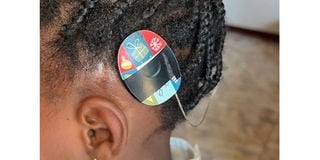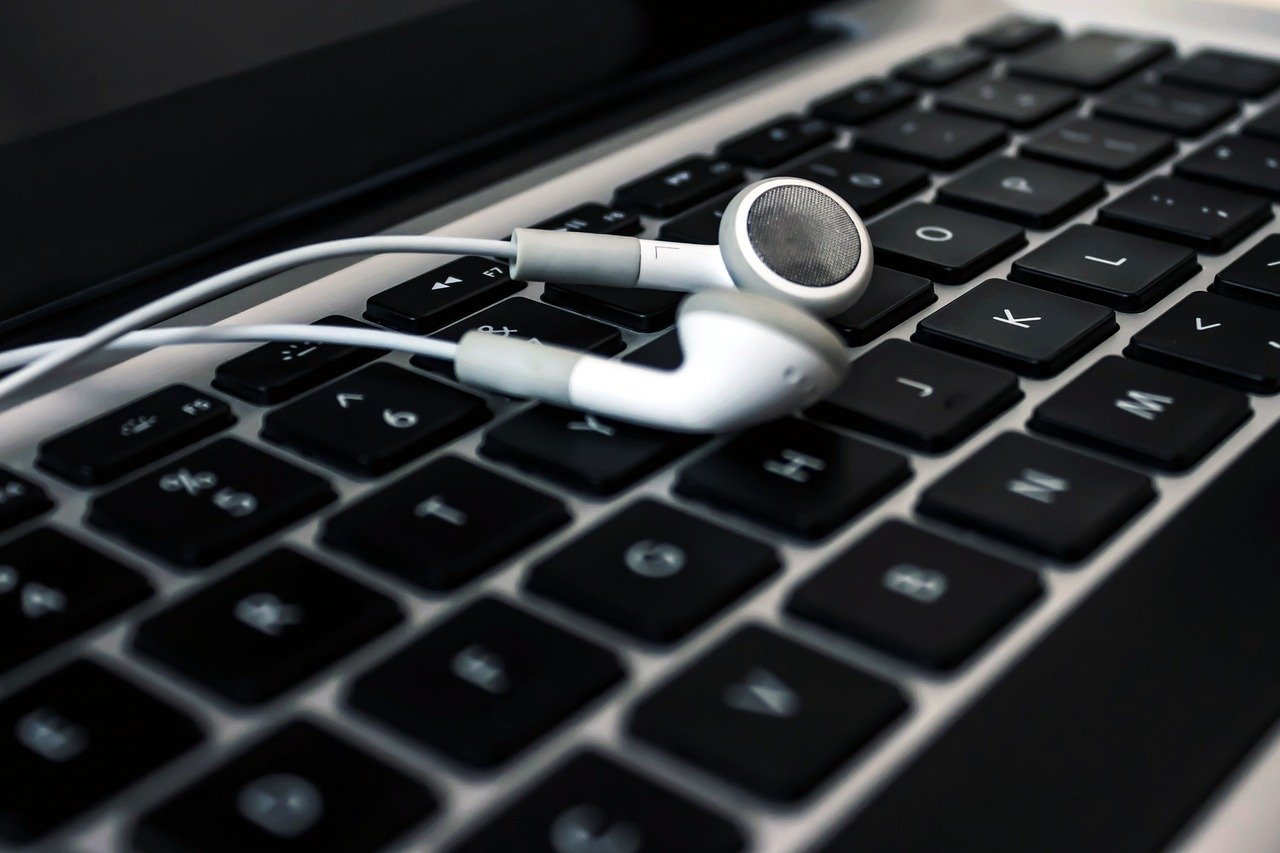Prime
How a cochlear implant gave hearing to three-year-old toddler

Akankunda’s surgery was done at C-Care Internation Hospital Kampala and it took five hours. PHOTO | TONY MUSHOBOROZI
What you need to know:
- A few months to her third birthday, her parents noticed Krista Akankunda Wanume was taking too long to talk. When they sought further medical help, tests revealed she was deaf. However, a cochlear implant has been able to restore Akankunda’s speech, enabling her to live a normal life.
She was a few months shy of her third birthday but had never uttered a word. Her parents were concerned. They had another child, so they had a way of benchmarking. Although they understood that every child develops at their own pace with some taking long to start talking, this was still too long.
So, they went to an ear, nose, and throat doctor (ENT). The doctor’s diagnosis showed that little Krista Akankunda Wanume may have a hearing impairment. However, he referred the family to Kampala Audiology and Speech Centre for a thorough check-up. Here, it was confirmed that Akankunda had profound hearing loss.
Profound hearing loss is a term used in audiology to refer to the most severe hearing impairment, followed by moderate and mild. When someone has profound hearing loss, they are completely deaf.
Upon getting this diagnosis, the parents decided to seek a third opinion. They were hoping against hope to get a different diagnosis.
Joshua Garvin Wanume, the child’s father says, “We were referred to a non-governmental organisation in Katwe, Kampala, which operates from the Kampala Capital City Authority (KCCA) Health Centre with a section that deals with hearing loss. The results from here were no different.”
What could have gone wrong?
Wanume and his wife were stunned. What they had feared had been confirmed. Now, the parents wanted to know what could have caused this. Experts linked it to the fact that Akankunda had been born prematurely at 26 weeks, weighing only 800 grammes. She stayed in an incubator for about two and a half months.
“We learnt that this happens to be one of the major contributing factors of hearing impairment in babies,” Wanume says.
The next question they asked was if this could be reversed. The Wanume’s would soon learnt it was possible. Audiologists said she could undergo an operation to give her the ability to hear and as a result, to speak (if you cannot hear, you cannot speak).
“They introduced us to Med-el, an Austrian medical electronics company who took us through the process and what it would take for our daughter to start hearing. We had questions. Were there side effects? Would the operation be a one-time occurrence?” Wanume says.
“It is the cost that threw us off. There were different packages and the cheapest one was around $20,000 (about Shs77m). We received three invoices; one was $20,000 another $26,000 (about Shs100m) and another $36,000 (about Shs140m). The latter was a one-time surgery with added advantages so we opted for it,” he adds.
The tests
Before putting together funds for the surgery, there is a checklist of tests that must be carried out. For instance, the child must be fully immunised and checked for compatibility with the implant.
There is also a Magnetic Resonance Imaging (MRI) test that helps determine the length and size of the cochlear implant since every human being has a different cochlear size. This is one of the reasons it is so expensive; the implant is manufactured strictly for you.
Akankunda’s results were sent to the manufacturer where they were reviewed and the response was a positive go ahead. What remained was looking for the funds.
“We had just come out of lockdown. We did not have the funds. The surgeons had been cleared and we had a month to send the money to Med-el so they could start manufacturing the two cochlear implants,” Wanume narrates.
Finding the money
The extended family pooled money to help little Akankunda. A few friends hosted barbeques to fundraise. Her parent’s workmates also contributed what they could.
“We also talked to workmates of both the companies we work for and they helped. Family helped so much,” Wanume says.
A month to the operation, the family sent $30,000 (about Shs116m) to Med-el for the manufacture to start. This was necessary to ensure that they received the implant two weeks before the surgery.
“By the time the surgeons arrived, we had already raised the rest of the money,” he says.
Surgery
The operation was not cheap but it was worth it. It opened the door for Akankunda to live life at full potential, which is priceless. It took place at C-Care International Hospital Kampala; pioneers in these surgeries. The two bodies carry out regular cochlear implant surgeries that help people such as Akankunda regain their hearing.
Since C-Care Internation Hospital Kampala pioneered the cochlear surgeries in 2017, 34 surgery camps have been hosted at the Namuwongo Hospital.
“We checked in the day before the surgery, which lasted five hours. We were discharged the day after. It is a fairly light and safe procedure. The child was up and about, happy, save for the bandage on her head. We just had to make sure that she does not bang her head,” he says.
The surgery is done above the ear towards the back to implant the cochlear. The outer processors are held by a magnet on the head. They are rechargeable so every night they are charged and put back in the morning.
One month after the operation, Akankunda was taken back to Kampala Audiology and Speech Centre for the incisions to be cleaned and dressed. This happened during three other visits, after which the bandages were no longer needed.
Switching on the implants
Three months after the surgery, it was time to switch on the implants. The Med-el experts gave the parents a heads up about what was about to happen, how the child would react to the signal for the first time and how the frequencies would be regulated to ensure that she was safe.
“Nothing could have prepared us for our daughter’s reaction to sound. After turning on the implants, Akankunda was so excited, she even tried to shout. It was the cutest sight ever. As we watched her reaction to hearing, we realised sound is a gift,” he says.
Speech therapy
After switching on the implants, the next step was therapy. It takes a whole year; three days a week. Each session runs for an hour but the cost is included in the initial payment. This is meant to make it easier for the child to learn speech.
“We learnt that therapy was as important as the implants. We were told that although one undergoes the surgery, without therapy, they may never speak,” Wanume says.
The parents were also asked to always bring along someone who spends the most time with Akankunda; such as the nanny. After three to four months of therapy, Akankunda was able to say some words.
After a year of therapy, she started school. The teachers were briefed on how to make sure she does not lose the processors and how to deal with the unwanted attention she would receive from her colleagues. Akankunda’s hearing was restored perfectly with the cochlear implants. Her life has been handed back to her.




